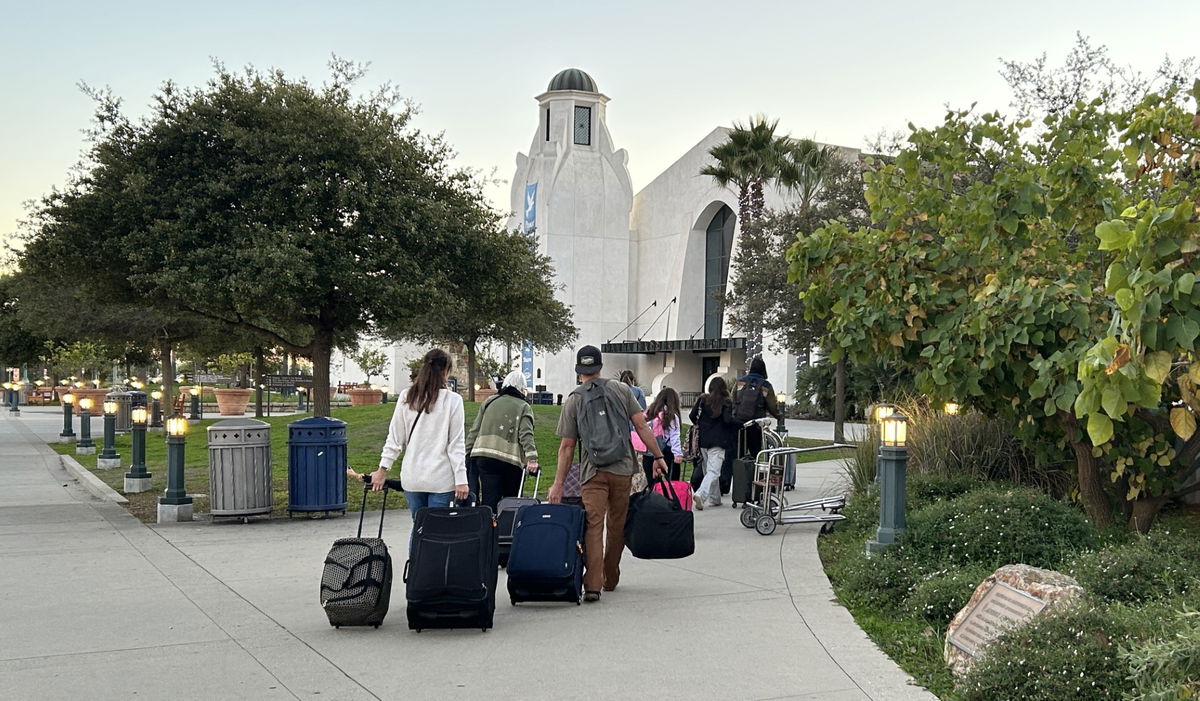Jobs
Younger Workers Are Increasingly Opting For Self-Employment—And Questioning Traditional Jobs. Here’s Why.

At a time back-to-the-office mandates are sparking heated debate and many people’s paychecks from traditional jobs are barely covering the cost of housing and groceries, more workers are opting for independent work such as freelancing and consulting.
72.2 million people are doing independent work, with 27.7 million pursuing it full-time, according to MBO Partners’ newly released State of Independence report, an annual research study on independent workers conducted by Emergent Research.
Growth in the number of independent workers since 2023 was essentially flat since 2023 but the number of full-timers grew by a significant 6.5%, up from 26 million in 2023. Full-timers now make up 16.7% of the independent workforce, according to the data.
The study, conducted for the past 14 years, surveyed 6,575 U.S. workers aged 18 and over, including traditional job holders and the self-employed. It counts 15 hours a week of independent work as full-time.
Changing “balance of power”
MBO Partners CEO Miles Everson, author of an upcoming book on the trend called FREE BIRDS REVOLUTION, says it reflects a shift in the balance of power from companies to workers as the social contract between employers and workers has broken down. Workers are drawing conclusions along the lines, “I no longer want to work for one place that can fire me at a moment’s notice. I’m going to have seven income streams to support my family,” he says.
MBO Partners deems the trend toward independent work as the “Independent By Choice” movement. The company, based in Ashburn, Va., is a global talent solutions platform that helps enterprise clients scale their independent workforce.
Miles Everson, CEO of MBO Partners, which found that more Americans are turning to full-time … [+]
Happier, healthier and more secure
For many independents, the “why?” for choosing independent work is they are happier, healthier and more secure working for themselves than for a company.
Though only 52% say they make more money on their own, 84% of full-time independents say they are happy doing their work, and 72% report being optimistic about the future. 79% say working independently is better for their health. And 65% of full-time independents say they feel more secure working independently.
Some independent workers are seeking more control over their lifestyle. 44% of the 18.1 million self-identified digital nomads are independent workers. Digital nomads do location-independent work using the internet. Traditional workers have been able to take part in this trend in recent years because of the work-from-home arrangements the pandemic brought.
Traditional jobs lose their luster
The flip side is that many traditional workers find they are not getting what they need from their jobs, including basics like a salary they can live on. “If you can be successful at what you’re doing at work, you’re better off being a successful full-time independent than a full- time employee,” says Everson.
65% of traditional job holders say that having multiple sources of income is important, and 37% of these workers have a side gig, with the youngest workers the most likely to have one. The largest group of side giggers (42%) cited the need to supplement income but 30% do so to pursue a passion and 27% want to build a business.
Some traditional workers have fears of job insecurity, as well. Only 63% believe their employer is committed to retaining talent. And many are not betting on a future with their current employer: 42% say they may or will likely change jobs this year.
The side giggers aren’t taking any chances. 44% say they are worried about losing their main job, and 24% say their side gig is a backup in case they lose their job.
A youthquake in independent work
Younger workers of child rearing age are driving the growth of independent work at a time many find that commuting and inflexible job requirements conflict with responsibilities outside of the office, such as taking care of their children. As Everson notes, the U.S. birthrate has declined to a historic low of 1.6 births per woman, a rate at which the population cannot replace itself.
While the number of Baby Boomers making up the independent workforce dipped to 13%—down from 19% as some retired—the percentage of Gen Xers (age 44 to 59) was 28% (about the same as 2023). However, millennials’ share rose from 33% in 2023 to 38% in 2024—bringing the combined share of this generation and GenXers to 59%, up from 52% in 2023.
“People are choosing independent work at a younger stage of their career than it used to be,” says Everson.
Opportunity drivers
With many independents essentially seeking replacements for skilled jobs that offer more flexibility, the number of six-figure freelancers has also grown, with the number of independents making more than $100,000 a year now at 4.7 million, up from 4.6 million last year and 3 million in 2020. It has gotten easier for some to find work thanks to social media and online talent platforms, the report notes.
One driver is opportunity, such as the growth of the creator economy driven by YouTubers, Instagrammers and other content creators. The number monetizing digital content grew by 9.9% in 2024 to 8.9 million, up from 8.1 million in 2023. 65% of content creators do this work as a side gig.
There’s also a demand for business services, with the percentage of independent workers serving other businesses rising to 11.2 million in 2024, a 14% increase since last year and a 50% uptick since 2020.
Many are making the most tools such as Generative AI to become more productive. 65% of independent workers said they used Gen AI.
Amid growing opportunity to find work and do it more efficiently, most respondents say independent work has been an active choice, not a last resort dictated by circumstances. 61% said it was their choice completely, 10% said it was a result of factors beyond their control and 27% said both factors played a role.
Greater diversity
Another significant trend is increasing diversity in the freelance economy. The Boomer cohort reporting retirement is 90% white. In contrast, 72% of the independent respondents in the survey were white, 18% were African American, 9% were Hispanic and 5% were Asian. One driver is the fact that 29% of creators in the survey are African-American.
Older workers are also well-represented. Among independents over age 65 who are still in the workforce—a group subject to rampant age discrimination—38% are independent workers and 51% of those who say they’re retired and have some paid work are independents.
Of course, self-employment isn’t for everyone. Some respondents said they struggle with unpredictable income and the lack of benefits. That said, 58% of independents said they planned to continue pursuing independent work and 17% expressed a desire to build a bigger business. Just 14% said they expected to look for a permanent job. Factors like this could be important harbingers of what the workplace of the future will look like.



_web.jpg?height=635&t=1734595314&width=1200)






